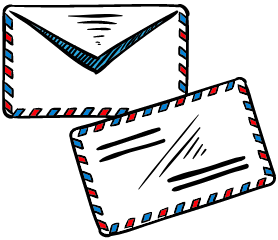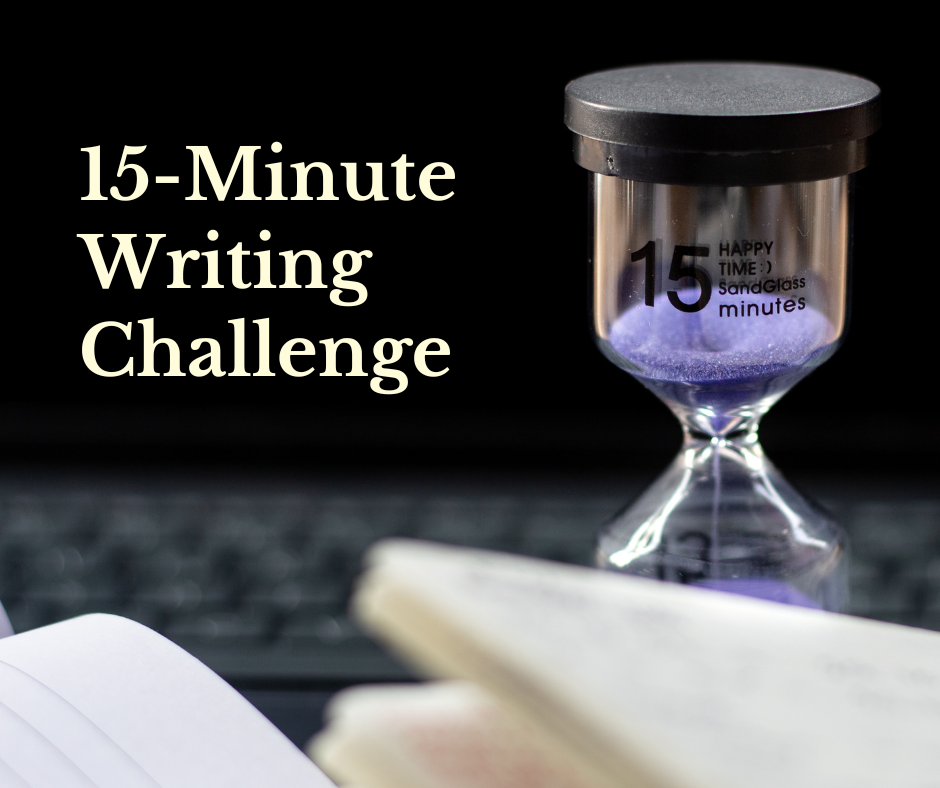In an earlier post, I suggested that conference presentations make great first drafts of journal articles. The hard part is actually sitting down to turn that excellent first draft into something good enough to submit to a journal.
Dealing with criticism.
Maybe someone in your conference session asked some awkward questions. Or made some suggestions about where you could take this. Or focused on some of the things you didn’t get a chance to talk about.
I hope no one attacked you, though I know it happens sometimes. I have had it happen myself.
Even when people give respectful and helpful feedback on your paper it can be difficult to deal with. You worked so hard and sometimes feedback makes you feel like you don’t know enough. There is a real temptation to try to do everything in this one paper.
Take a few deep breaths. This is one paper of many you will present and publish over the course of your career.
Some of the criticism (or helpful advice) you will disagree with. And that is fine. Some will help you improve your thinking, and your paper.
It is okay to feel a bit bruised, but try to relax and work out some realistic next steps to move this presentation towards publication.
As soon as possible after the conference, find some time to write some notes about what you need to do with it, based on the feedback you received. Note positive comments, too.
If you are feeling particularly chewed up about the experience, you might want to try journalling a bit about it just to get it all out of your head. You may or may not do anything with this writing, but it helps a lot of people process difficult experiences.
Creating a deadline.
When you were writing the conference presentation, you had a deadline. You might have procrastinated. You might even have written significant portions on the journey there. But there was a scheduled session in which you had to present it, no matter what state it was in. For some people that deadline is an important motivator.
Start by scheduling some time to do the work of turning that presentation into a publication. Give serious thought to where you plan to submit the paper. Making a decision at the outset will help with the writing.
The most important consideration is who you want to communicate with.
Consider journals that reach that audience and are well respected. Make a ranked list of your top 3 journals for this purpose. This gives you a plan for where to submit the finished article and where to send it next if it is rejected. Now put that list aside. Write for the top one.
Give yourself a realistic deadline for having a good next draft ready. And line up a trusted colleague or mentor to read that draft. Have them schedule time to read it (or at least check that they will have time around then).
Presto! you have a deadline.
Now do the work.
Revising a conference presentation involves a lot of things that you already know how to do, and do well.
- Extra research, thinking, or whatever to strengthen the weak points.
- Clarifying the focus and get rid of the material that doesn’t really fit.
- Writing the contextual section that a journal article needs to place this argument in the wider debates.
Use your notes on the feedback to make decisions about what needs to be done. Make sure you retain a clear focus. Start a file for the other papers you will write, elaborating on some of the related issues.
Take into consideration the journal you plan to publish in (only number 1 on your list). Make sure you address relevant articles published in that journal recently. Make sure your style is appropriate.
Contrary to popular belief, your aim is *not* to have the article accepted without revisions. That is actually quite a rare decision.
Your aim is a revise-and-resubmit decision. When you think it is good enough for that, get it off your desk.
Remember, you are giving it to a colleague for comments first. The paper only needs to be good enough that it is not a waste of their time to read it. Sharing your work and getting feedback is a crucial step in getting from good enough to excellent.
Submit your better draft to your colleague.
You have to let go.
If there are only a couple of things that need tweaking, resist the urge to extend your deadline. You will make revisions based on their comments anyway. This is a good paper. It is better than the conference presentation and that went public. Relax.
When you give it to your colleague, make an appointment for coffee, lunch, or a meeting to discuss their comments. This gives them a deadline, so your paper doesn’t float to the bottom of their pile of things to do.
While you are waiting, put the paper away and work on something else. Don’t read it until a day or so before your appointment, at which point you will probably see new things in it, too.
Submit the paper to a journal.
Make appropriate revisions based on your colleagues comments. Don’t spend a lot of time on this. They should be minor at this point.
Then submit it to the journal you chose. Do not panic. It will not be the end of the world if it is rejected. You have a back up plan (numbers 2 & 3 on your list).
And it is a good article. You presented it at a conference. You got feedback from a colleague. The most likely outcome is a “revise and resubmit” and then you will have reviewers comments to work with.
Congratulate yourself.
You’ve submitted an article!
Take yourself out for dinner. Or at least a drink.
This is a very important step – don’t skip it.
Related Posts:
Getting useful feedback on your conference paper
The goal of your conference paper
Communication vs Validation: why are you publishing?
This post was first published May 27, 2009. It has been edited.








then same prof dr mircea orasanu and prof horia rasanu as to publish This may be a question repeated many times, but I want to know your opinion.
I submitted a journal paper for an algorithm (Computer Science). Fearing that the review process take too long, I decided to submit a short-version conference paper, while the long version is under-review. I received the journal review comments, and re-sent the modifications to the journal. Meanwhile, the conference paper was accepted. But the camera-ready is not sent yet.
The problem is that both papers are about the same idea. There is also some copy-pasted parts in both papers. But:
1) the editor of the journal was not informed about the conference paper (I heard that I should tell the journal about any published papers – but note that the conference paper is not yet published – not even the camera ready is submitted),
2) the organization organizing the conference, is not the same that manage the journal. I have been told that there are conflicting copyrights.
The proposed solutions (that colleagues told me about):
a) submit both as is !
b) submit both (but with change in text).
c) do not submit the conference paper (but I heard this can be harmful)
d) tell the editor now (but honestly, the journal is way more important than the conference).
This is a different situation. I wrote this post thinking mainly about social science and humanities (which is my primary experience) where your situation is almost unheard of because conference proceedings are not usually published as such.
You need to seek advice from a mentor in your field who is familiar with the specific journal and conference. Definitely tell the editor. Much better not to have a journal publication than to have a later academic integrity issue about this. Seriously, having the paper withdrawn for integrity issues will be much worse for your career.
thank you very much